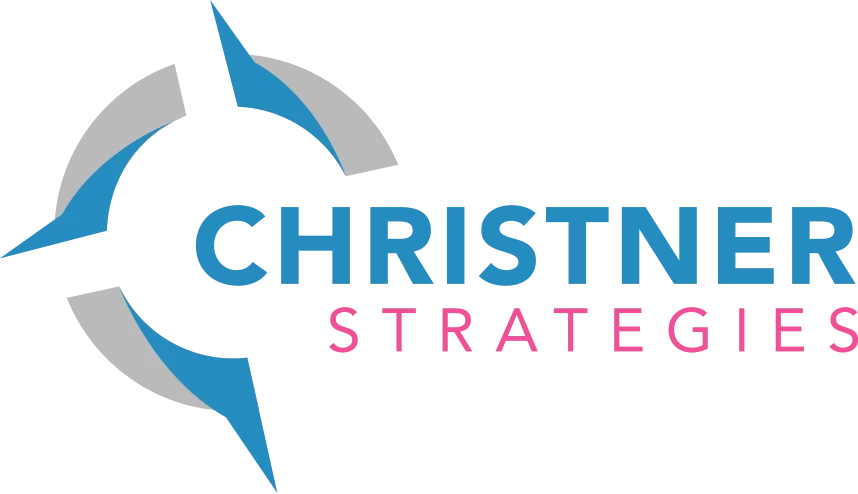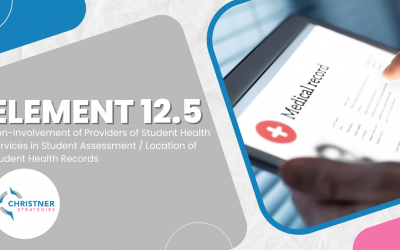LCME Element 12.1 – Financial Aid/Debt Management Counseling/Student Educational Debt
A medical school provides its medical students with effective financial aid and debt management counseling and has mechanisms in place to minimize the impact of direct educational expenses (i.e., tuition, fees, books, supplies) on medical student indebtedness.
Hidden Curriculum
Student debt is a growing national crisis, which explains the comprehensive nature of Element 12.1. While the element emphasizes the need for sufficient financial aid staffing, it also requires medical schools to explain how it contains the cost of tuition/fees and fundraises for student scholarships (pro tip: ensure DCI answers for Element 12.1 are parallel to those in Element 5.3: Pressures for Self-Financing). Always keep an eye on data. If a program’s average student debt exceeds national statistics, then school leadership will have to articulate cogent strategies to minimize student debt as part of the site visit. Overall, there is an institutional flavor to this element that requires intentional and ongoing collaboration with leadership and development officers who likely reside outside of a medical doctorate program.
Like many elements, this one is highly dependent on the results of the Graduation Questionnaire (GQ) and Independent Student Analysis (ISA). Of the two surveys, the trend has been to put more emphasis on the ISA given its timeliness. Beyond levels of satisfaction and dissatisfaction, high percentages of students who mark “NA” will raise red flags as they may indicate an ineffective system or insufficient staffing levels. There is an expectation that the majority of students must interact with the financial aid office since paying for medical school in full is like a zebra diagnosis.
Best Practices
It is understandable for students to delay grappling with the eye-watering price tag of medical school (who could blame them?). However, it is a program’s responsibility to ensure its financial aid office maintains students’ focus on present-day financial decisions that impact future options. They should remind students that they shouldn’t live as a physician while in school otherwise they’ll be living as a student when they graduate! To that end, create a system that requires and documents students’ participation in financial aid and debt management counseling each year of the entire curriculum. Ideally, a program requires one-on-one sessions each year of a student’s enrollment.
Given the influence of the ISA, financial aid officers must strive to be visible and accessible, leveraging orientations, in-person class meetings, and emails. It is even better if students know the names of financial aid officers. Yet, this frequency of interaction requires sufficiency of staffing and employees who are well-trained, knowledgeable, and willing to travel to regional campuses. Simply hiring warm bodies will impact quality and accuracy, which in turns erodes student trust and elevates levels of dissatisfaction. No pun intended, but don’t go cheap on this element!
Continuous Quality Improvement
Medical schools are obligated to develop and monitor an institutionally endorsed plan for affordability, which is no small feat given that costs outpace the rate of inflation. This work requires support from multiple stakeholders – university/program fundraisers, finance and budget analysts, and deans. These same stakeholders must also be involved in the evaluation of their plans on an annual or biennial basis.
Do not wait until the ISA or GQ to capture important feedback about the adequacy and quality of financial aid services. Financial matters can elicit strong emotions from students, whether it is perseverating on daily expenses or panicking after years of financial denial. A program’s internal surveys must ask students to rate a range of mechanisms that support financial literacy, including quality of staffing and counseling, clarity of tuition and fees, and availability of scholarships.



0 Comments